Photographs of criminals became standardized during the late nineteenth century, largely thanks to the efforts of police officer Alphonse Bertillon.
Alphonse Bertillon was the son of Louis Adolphe Bertillon, an anthropometrician specializing in statistics. His primary objective was to identify repeat offenders, which resulted in Bertillon’s creation of what is now commonly known as the criminal mugshot.
Toward the end of his working life, Bertillon invented an anthropometric method or bertillonage, applying eleven measurements to vital parts of the head and body to create a unique, classifiable, and, most importantly, retrievable criminal record.
It was thought Bertillon’s system of measuring an individual’s height, weight, hands, feet, digits, forearm, right ear, left foot, fingernails, and other distinctive features would provide police with unique identification.
Albert Bertillon standardized lighting conditions, exposure times, distances, poses, and scales to clear full face and profile portrait appeared on each identification card. He also made the portrait parle, pictures of facial features mounted side by side to enable comparison.
Even though the procedure was based on science, it was known to have flaws. For example, it didn’t apply to women or children since it was designed for men who had reached full physical maturity and short hair.


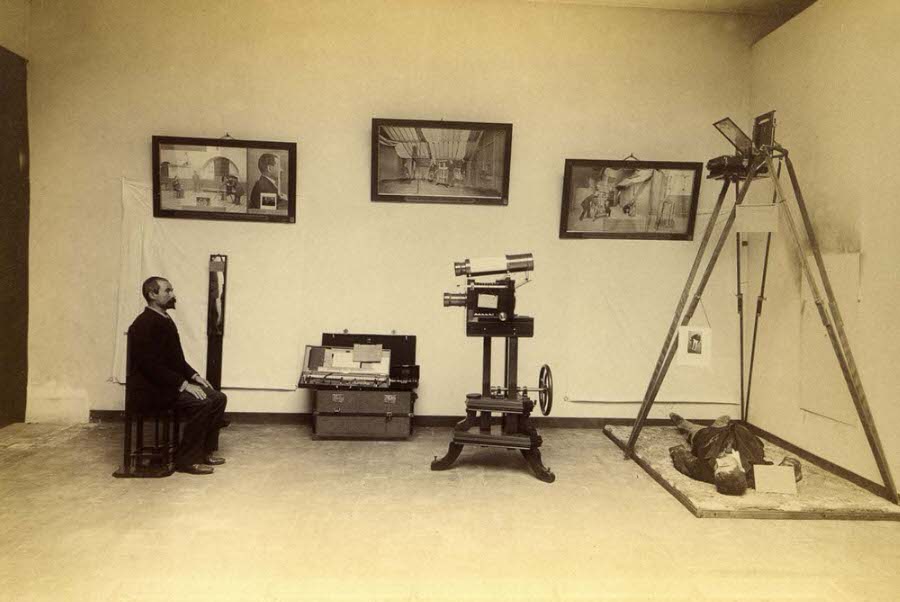
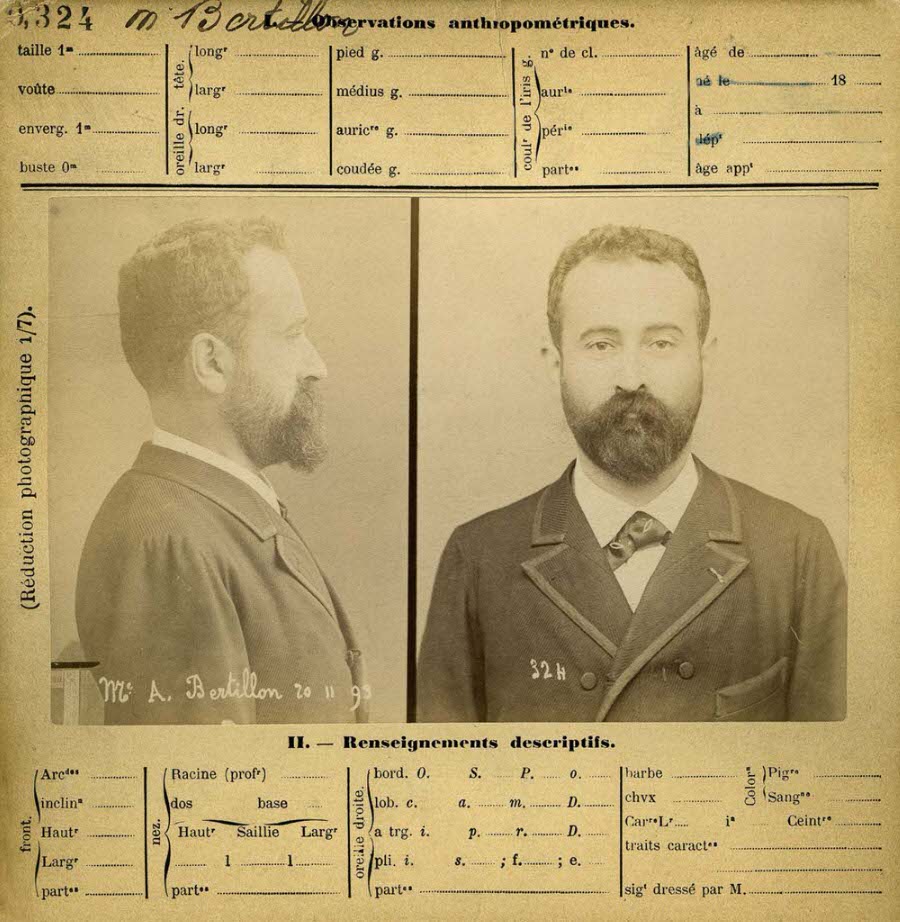
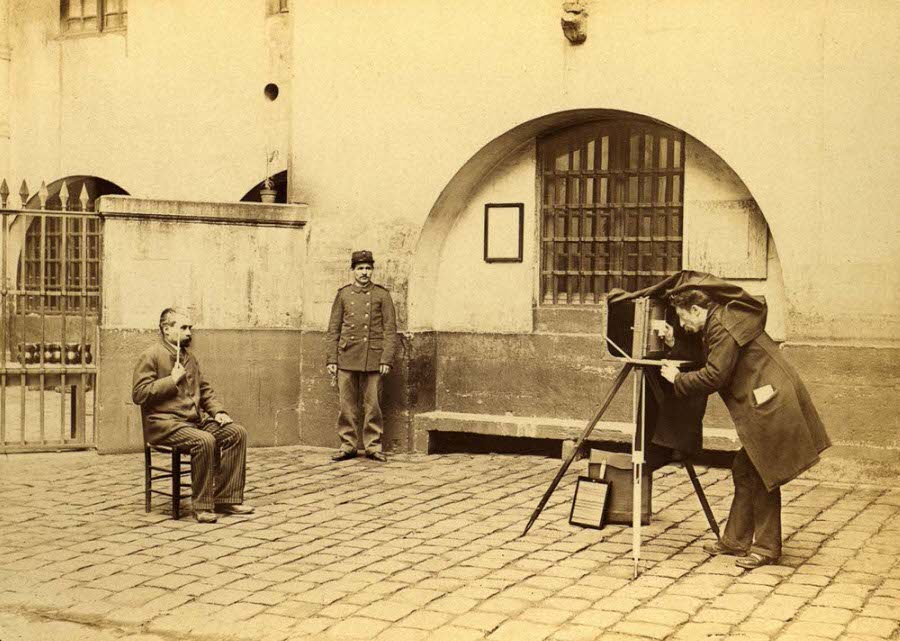
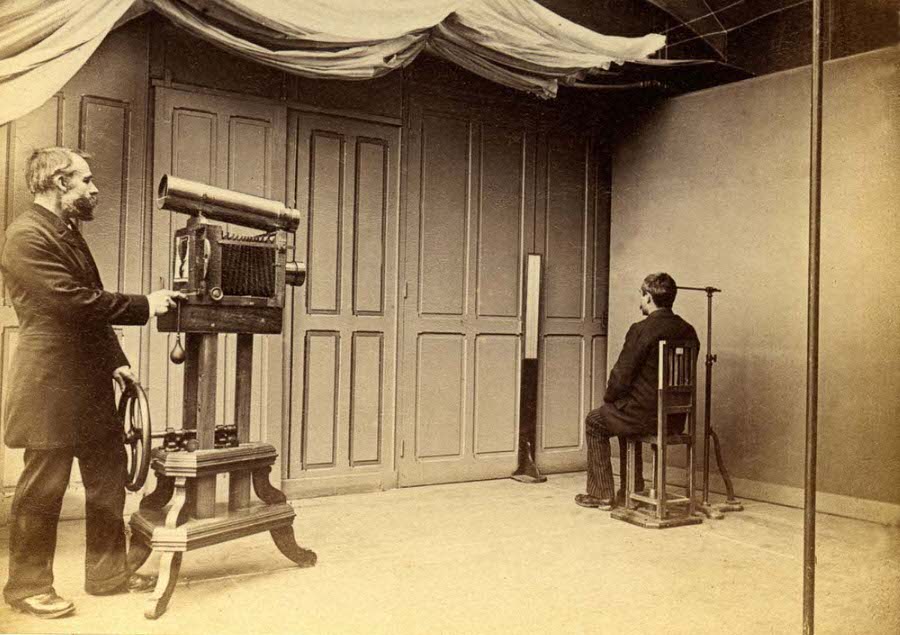
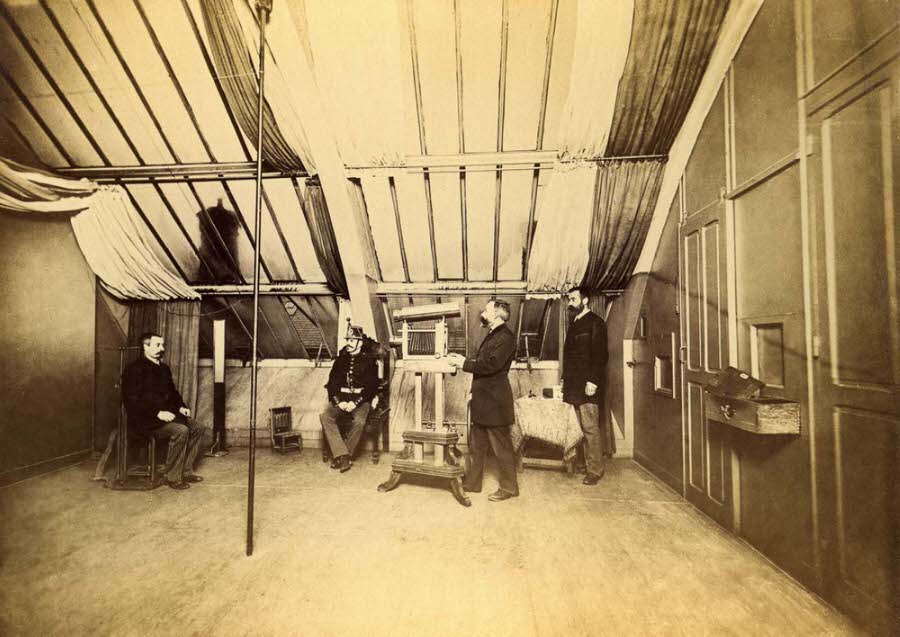
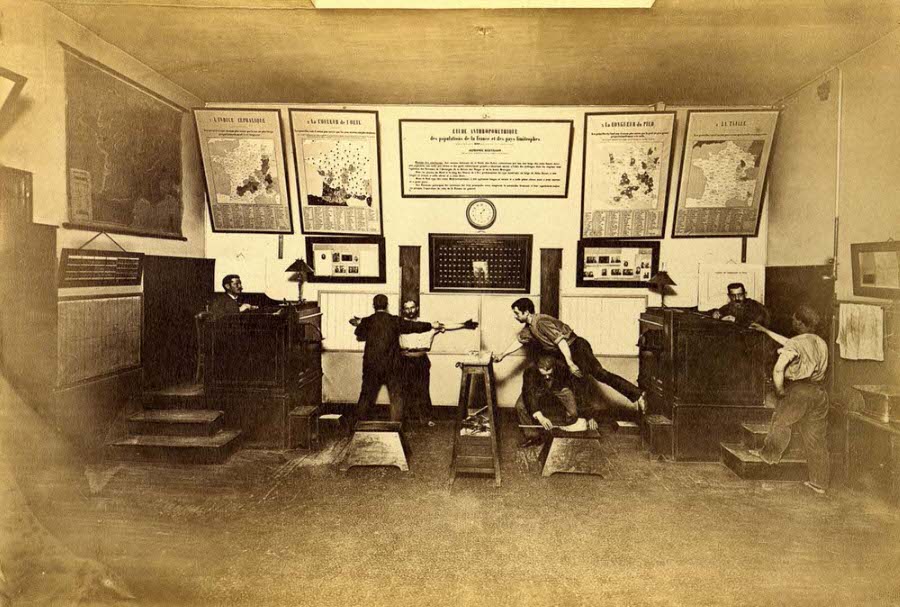
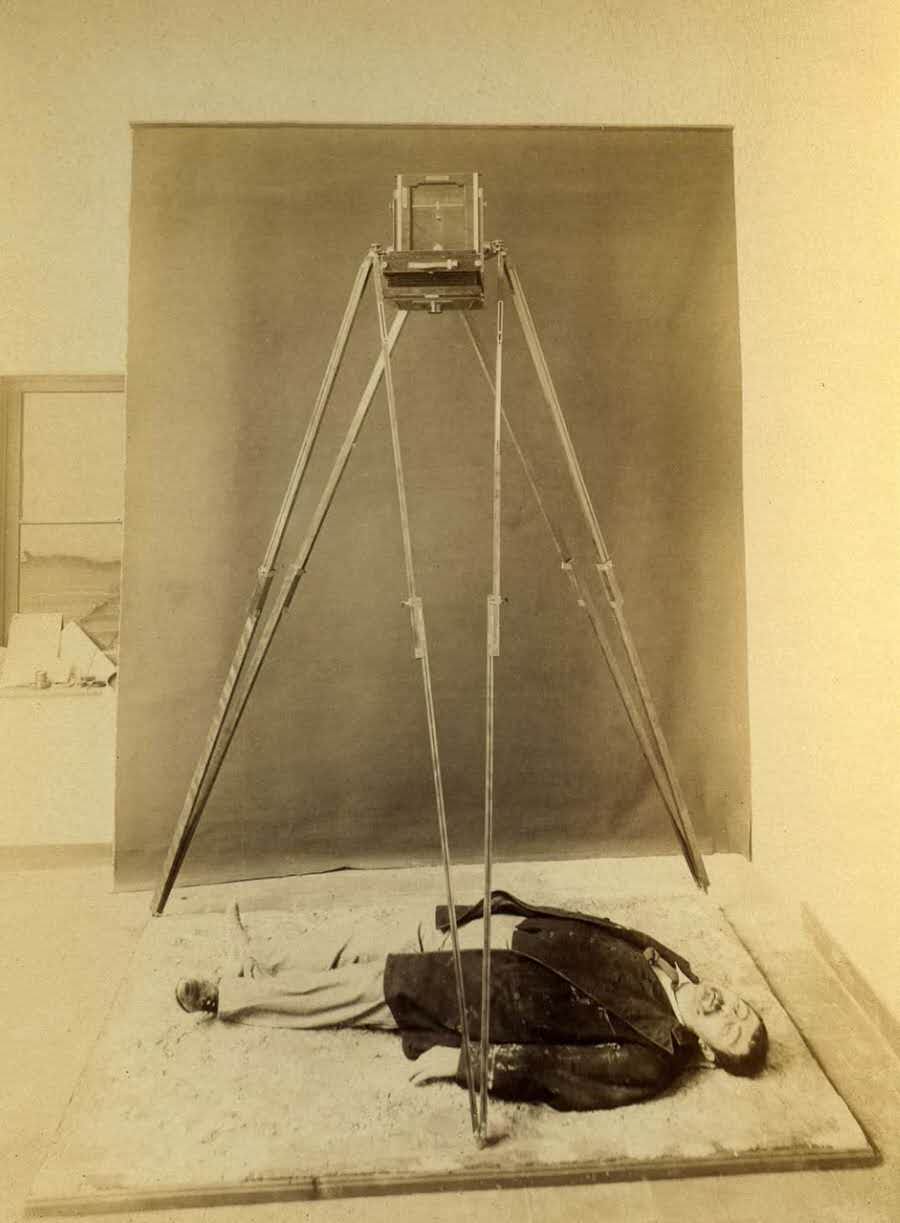
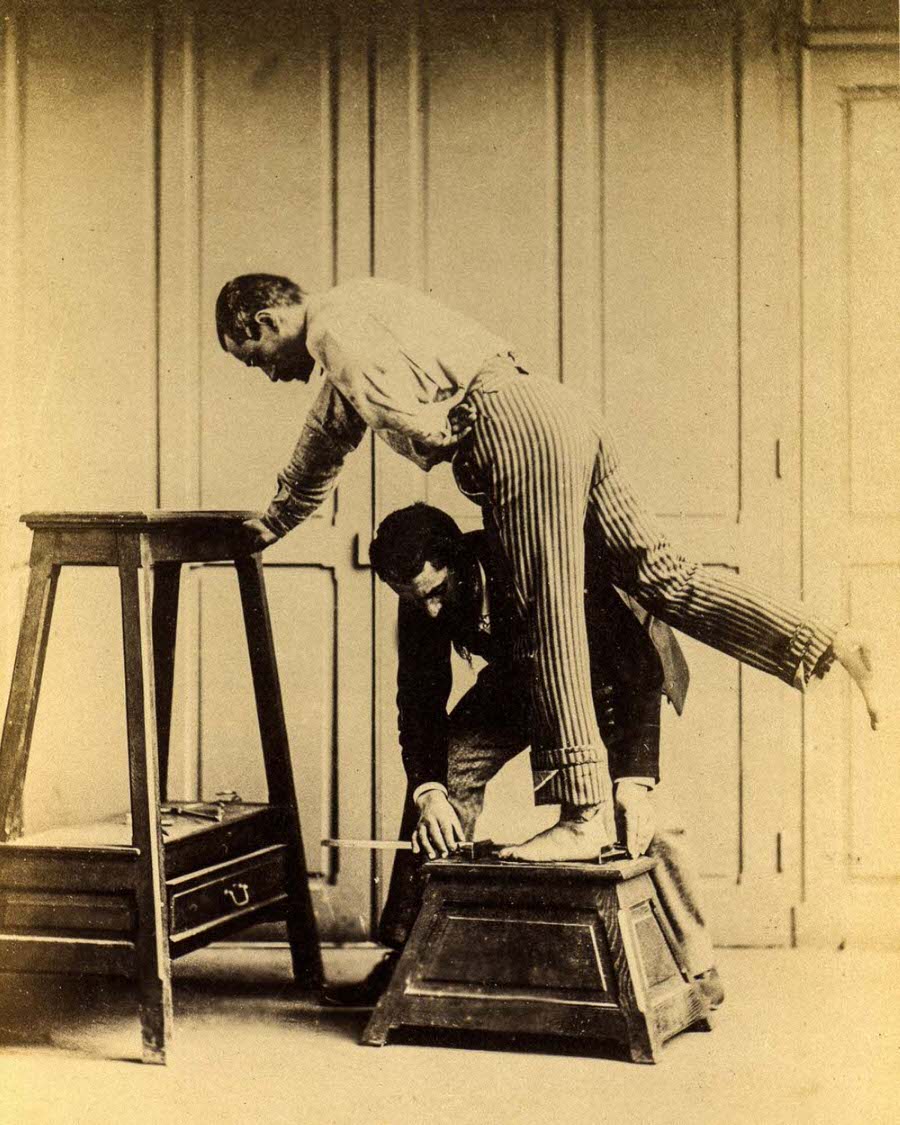
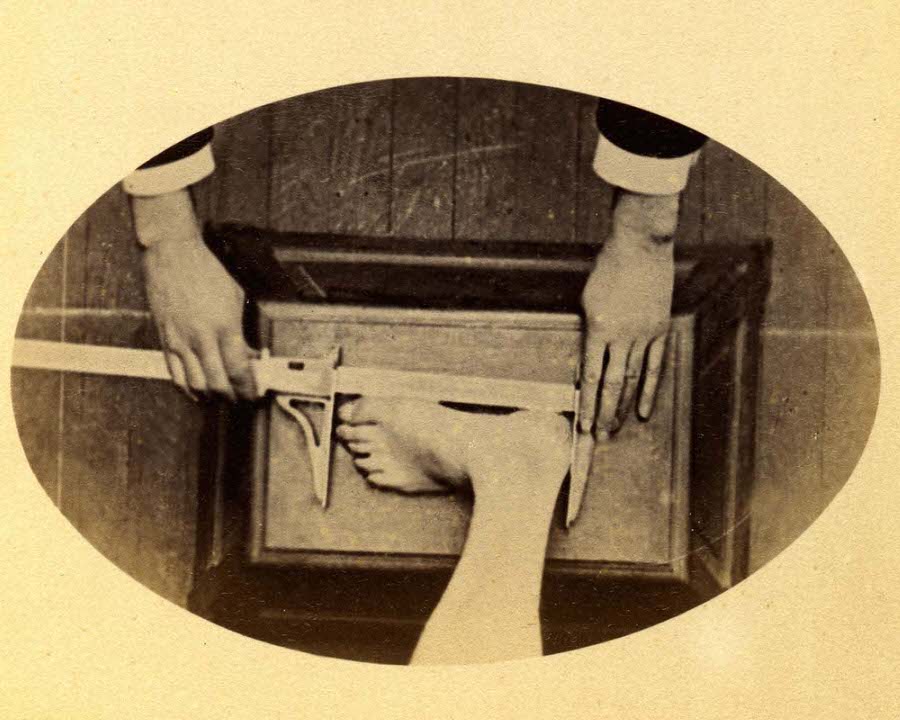
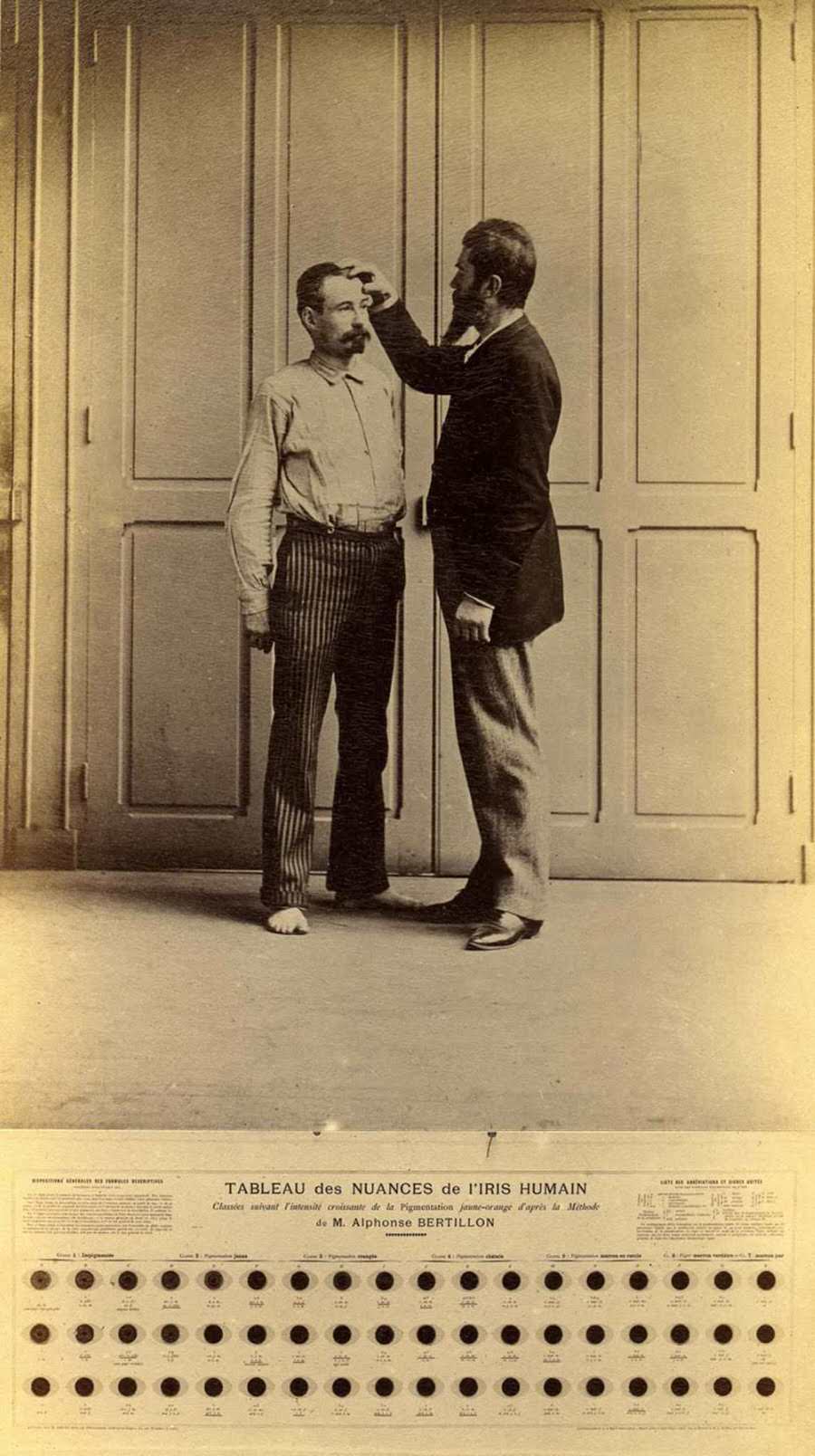
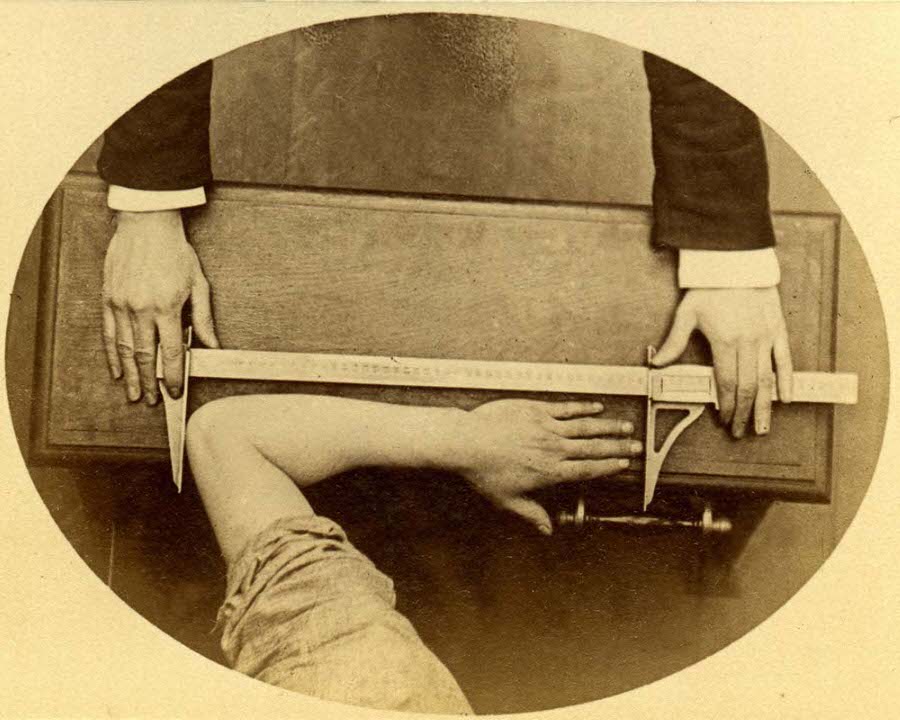
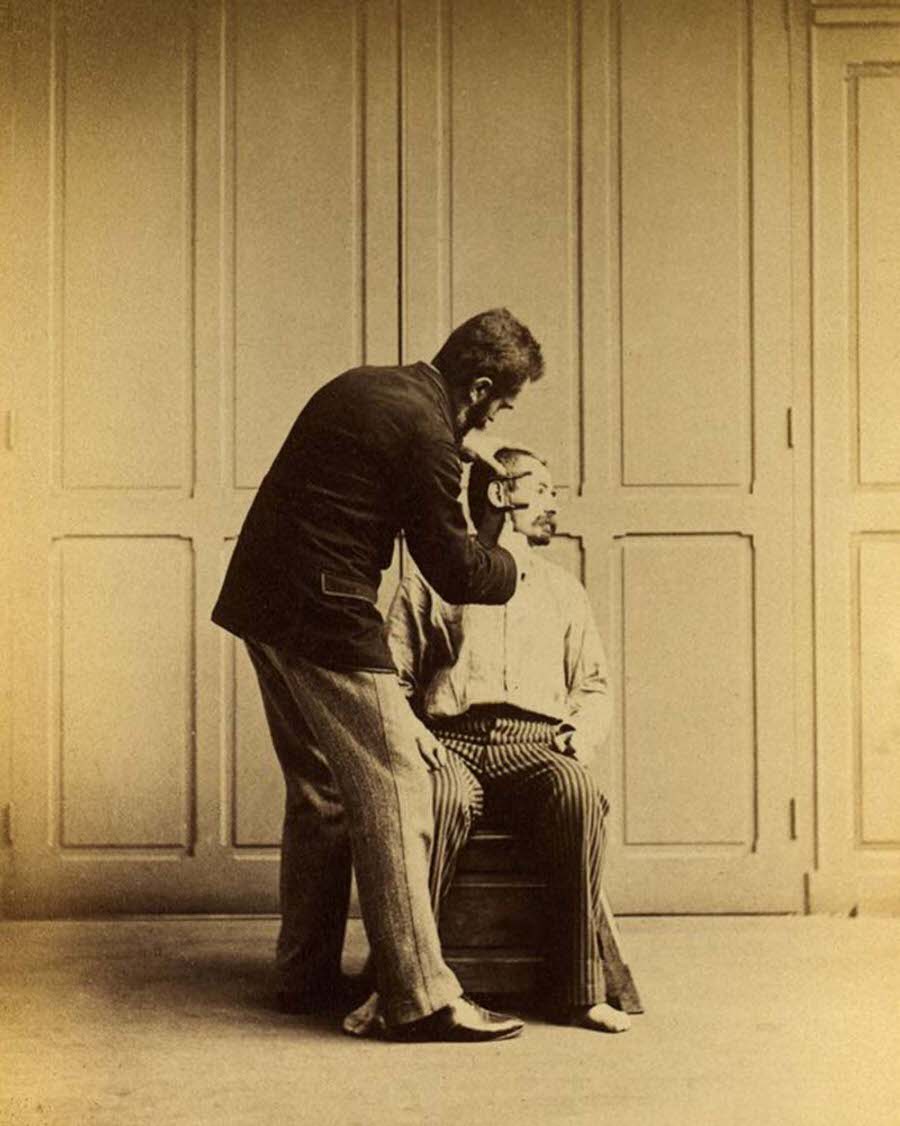
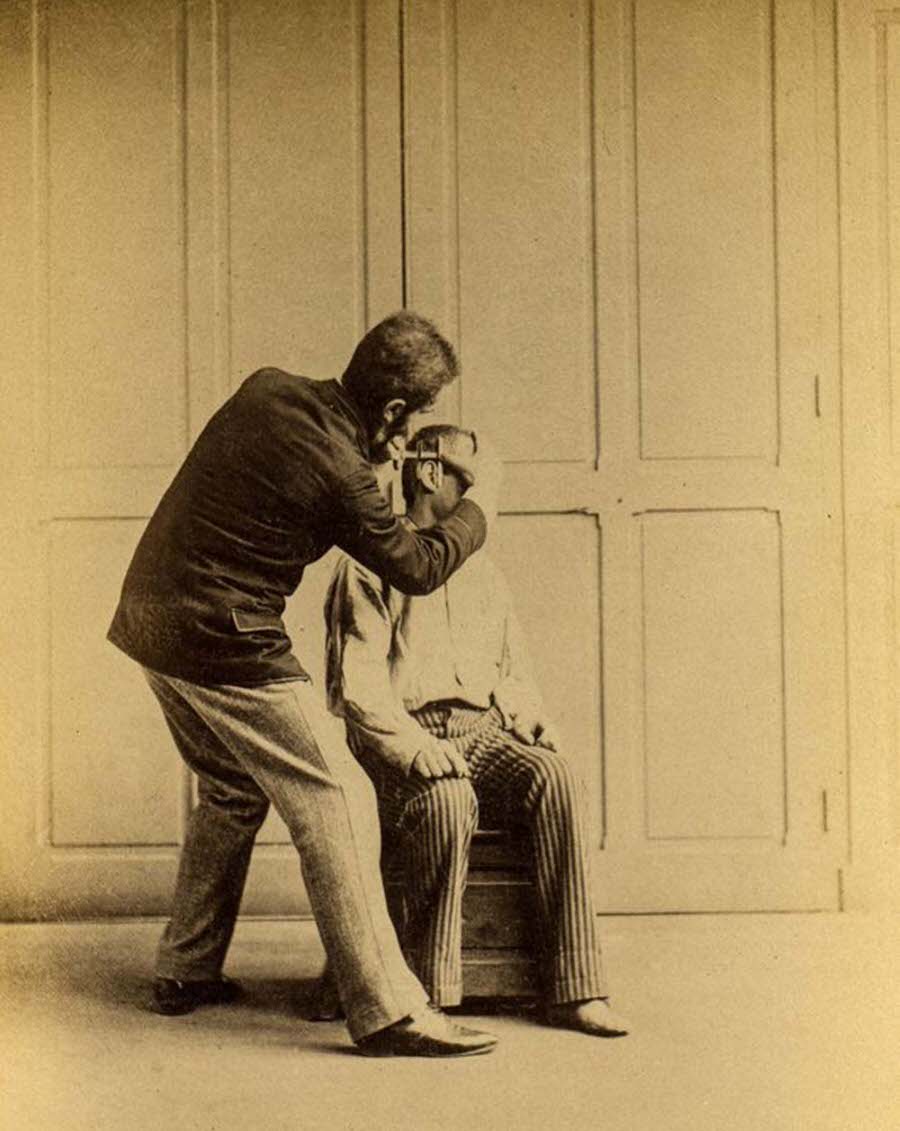
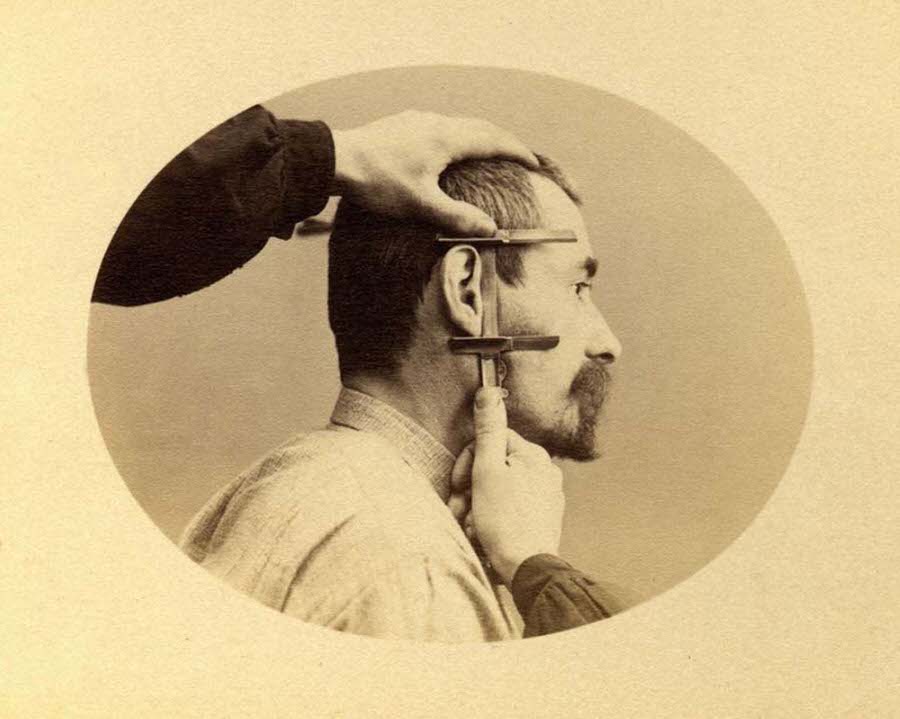
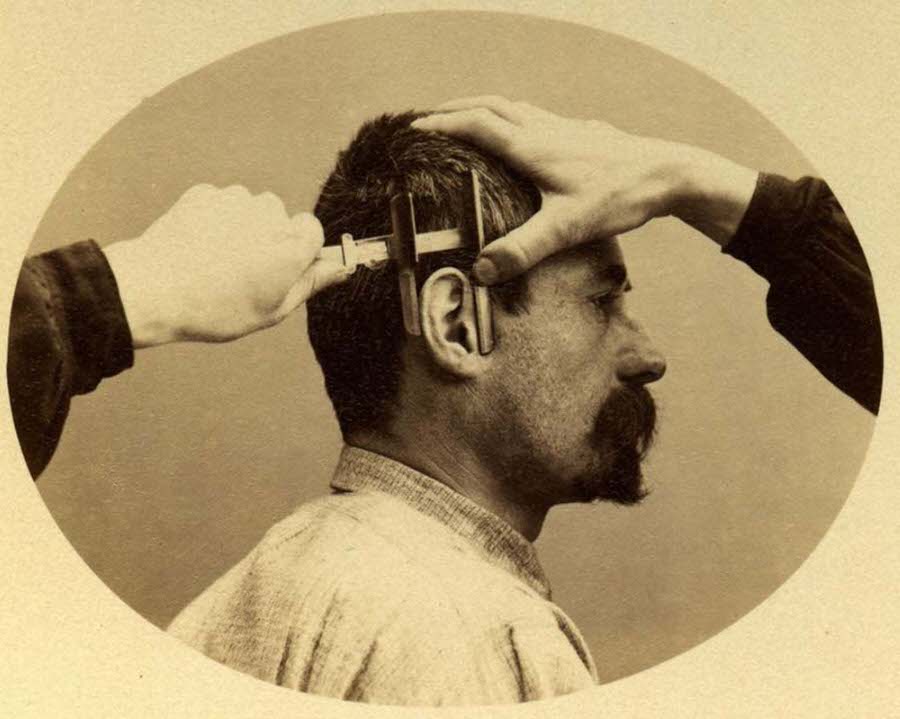
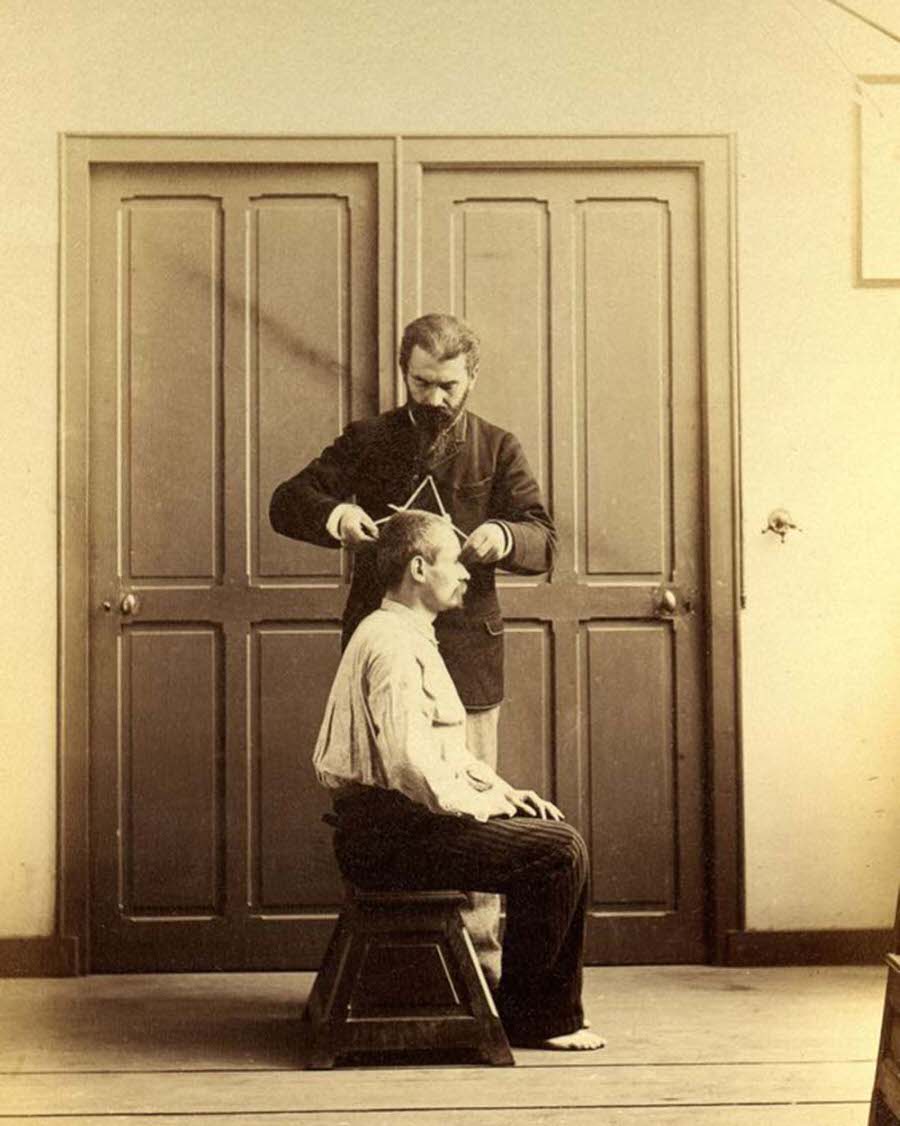
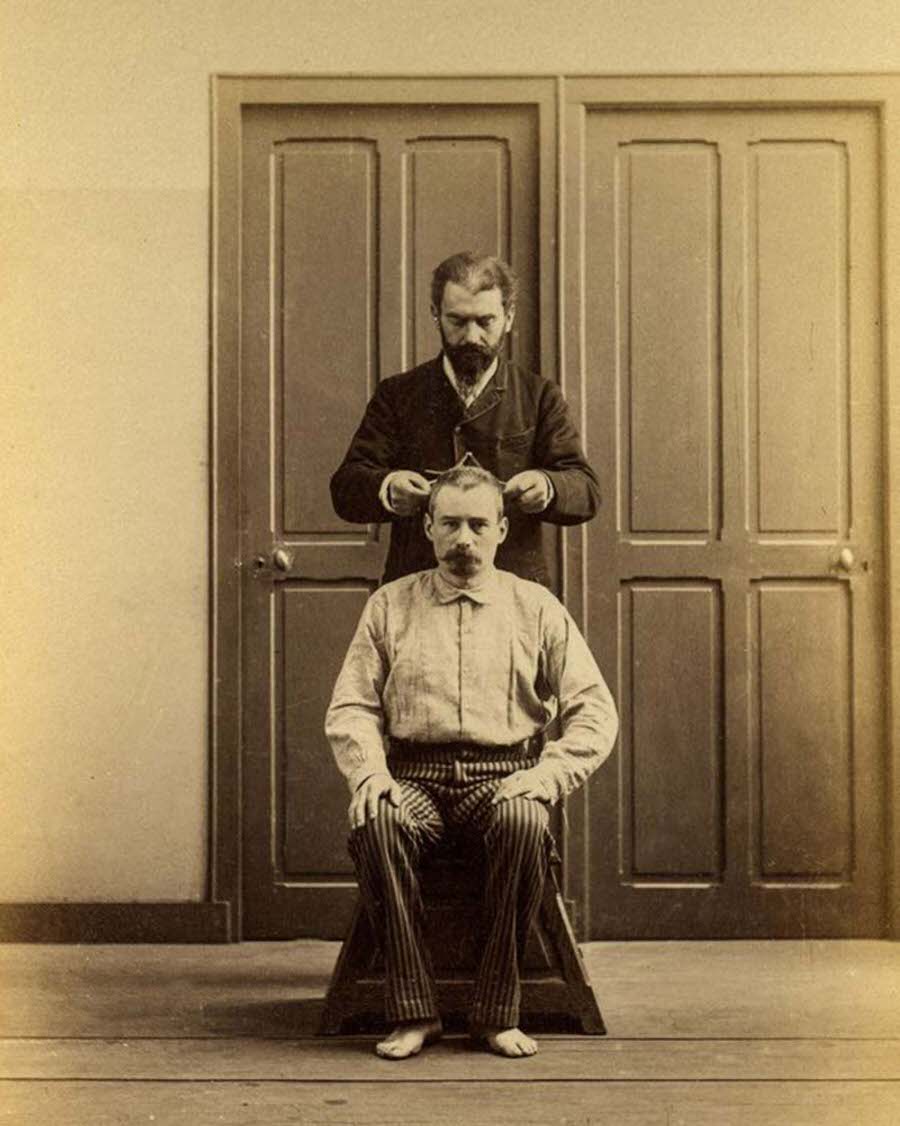
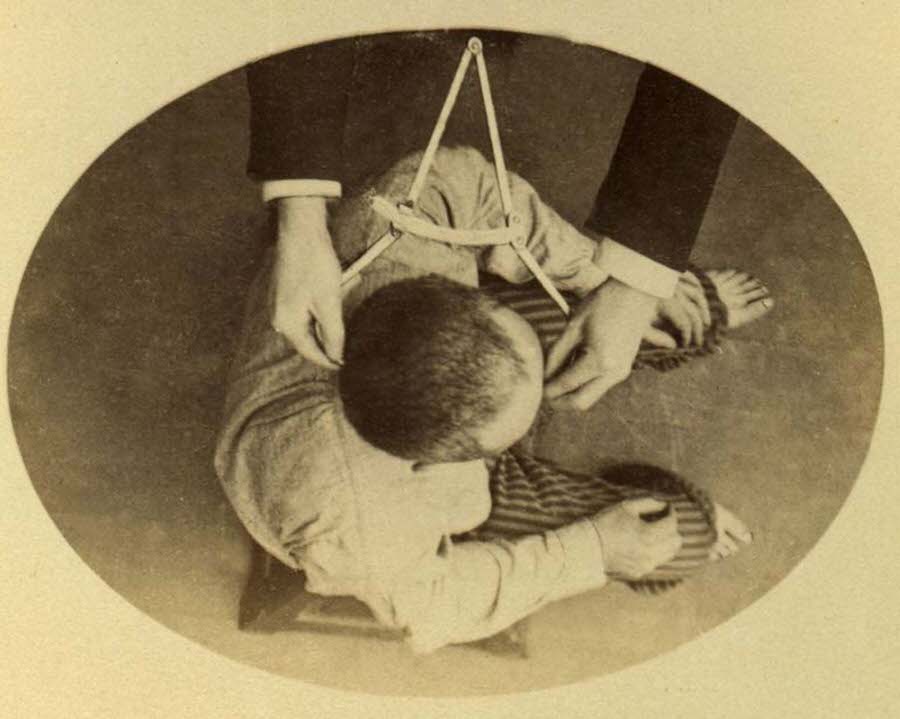
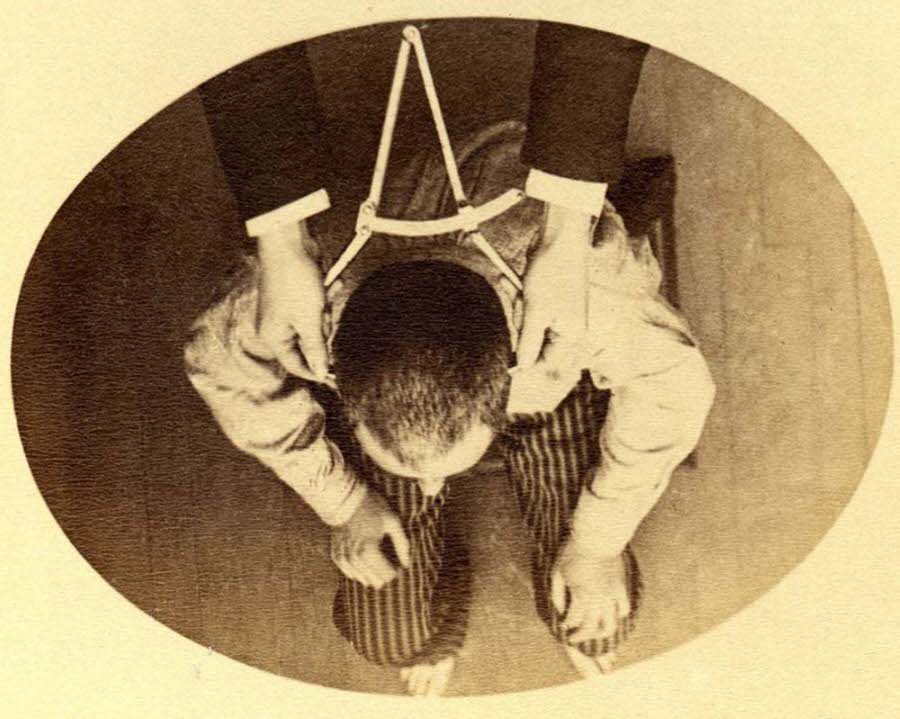
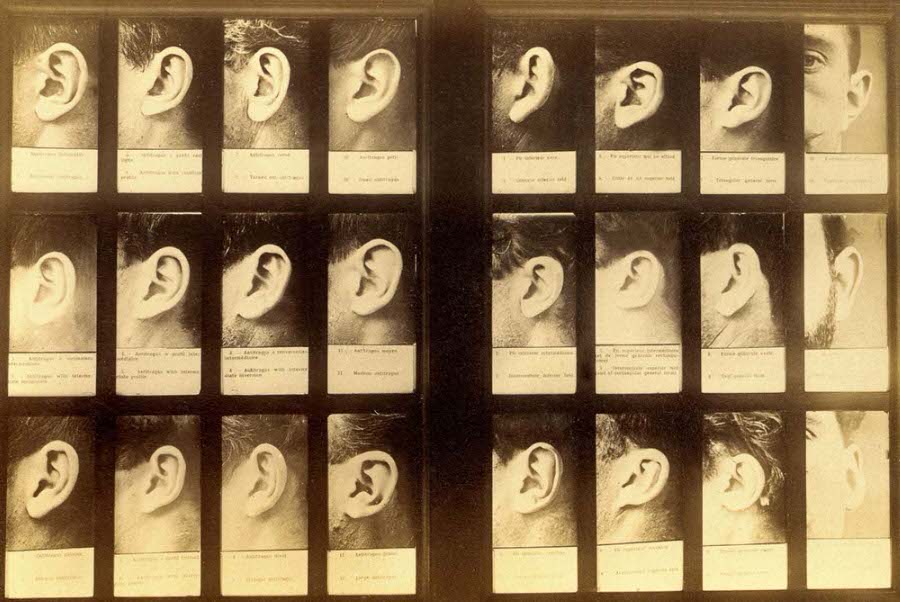
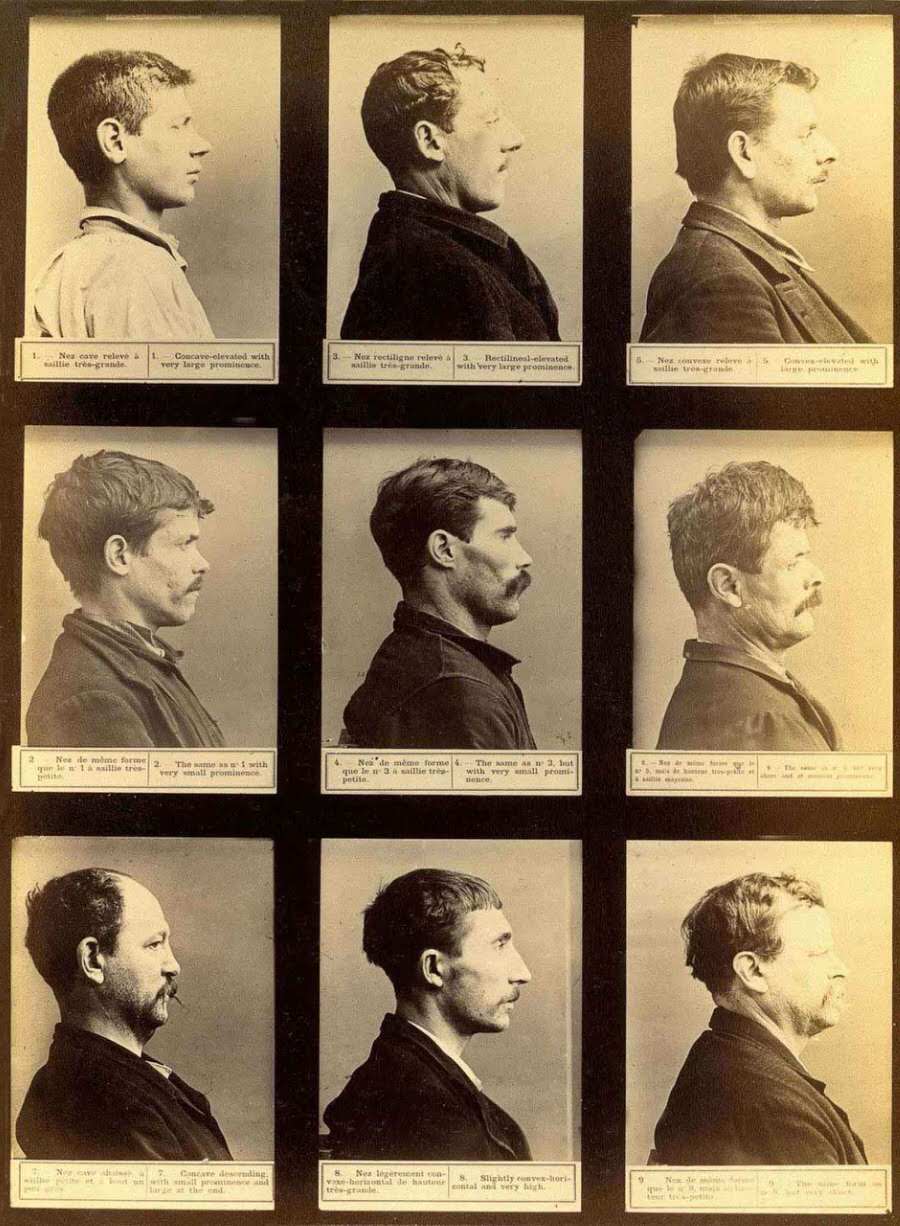
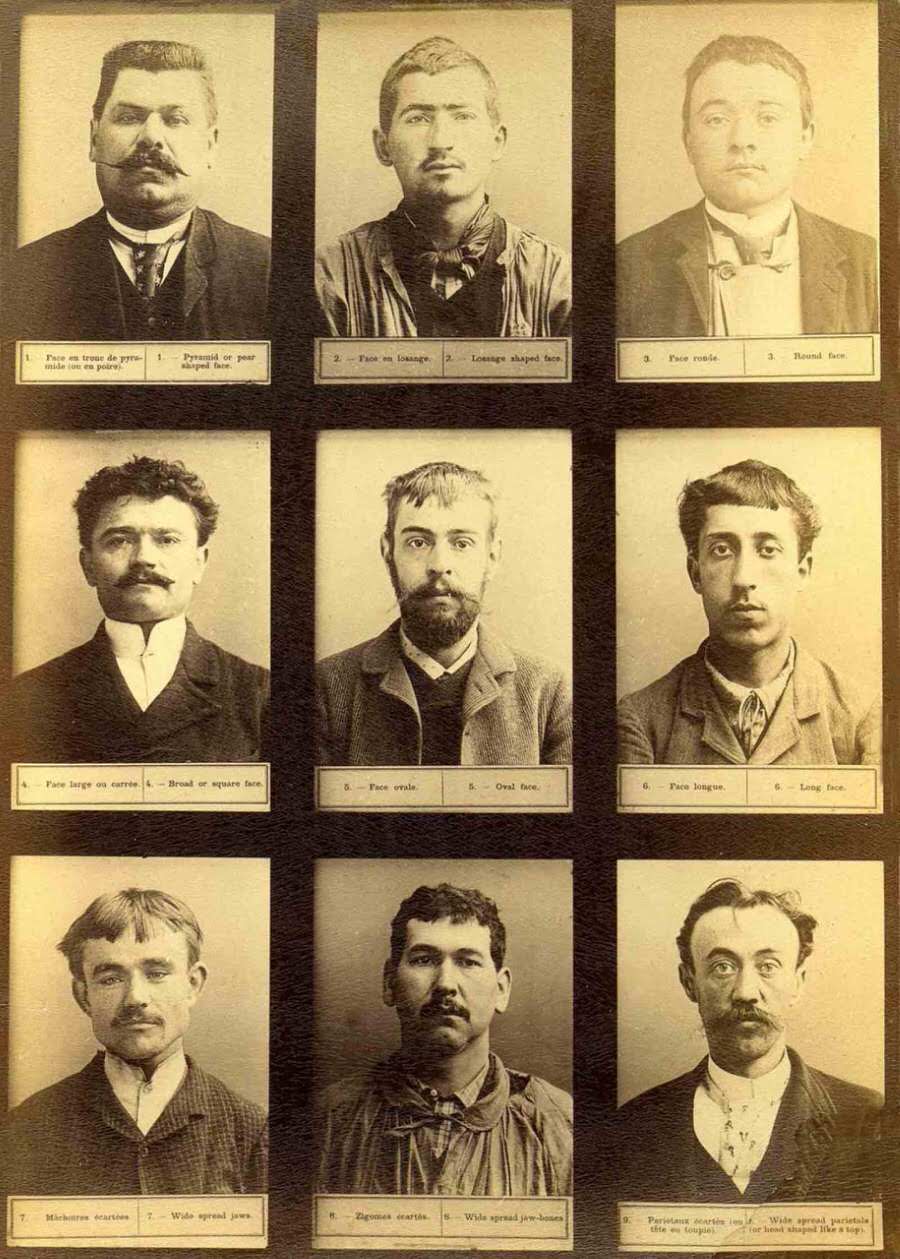
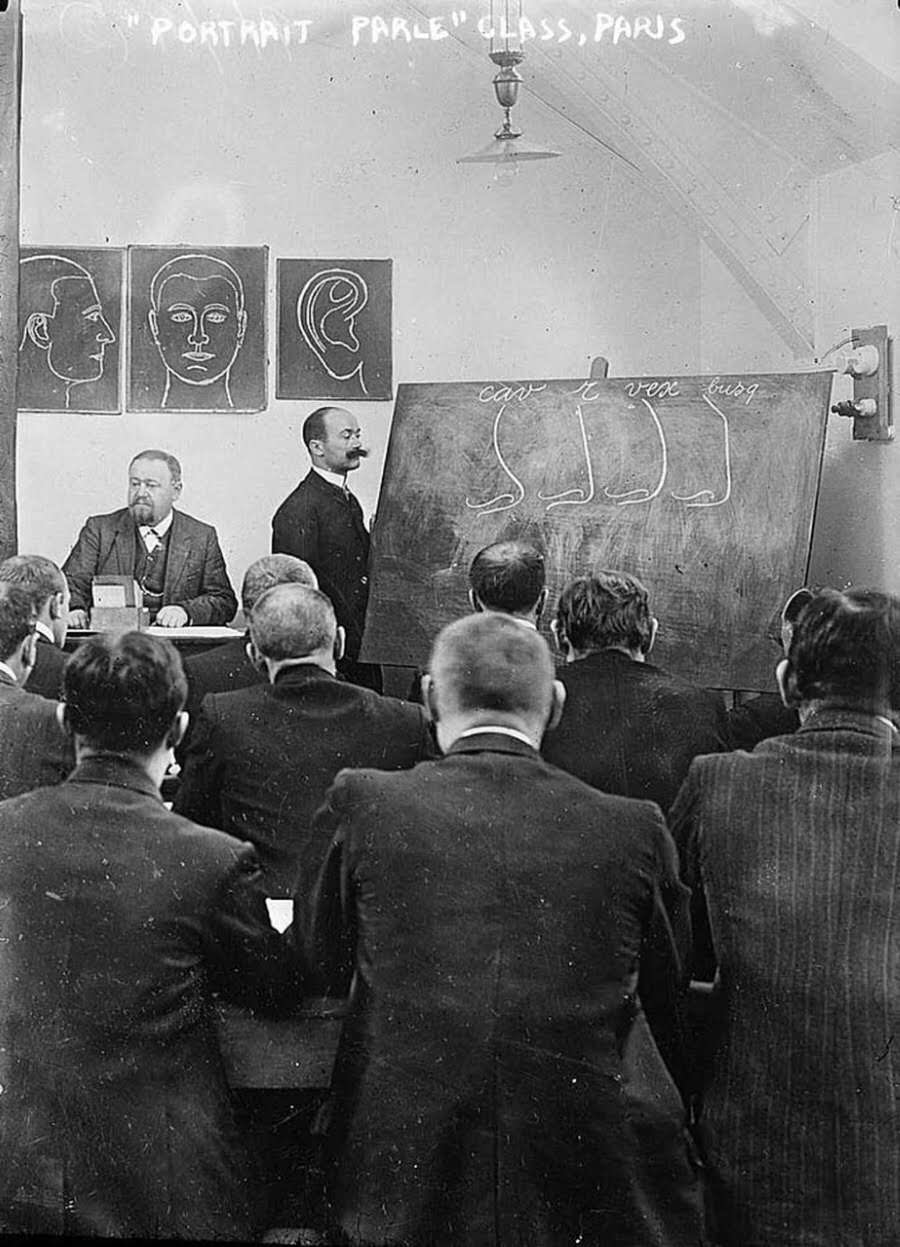
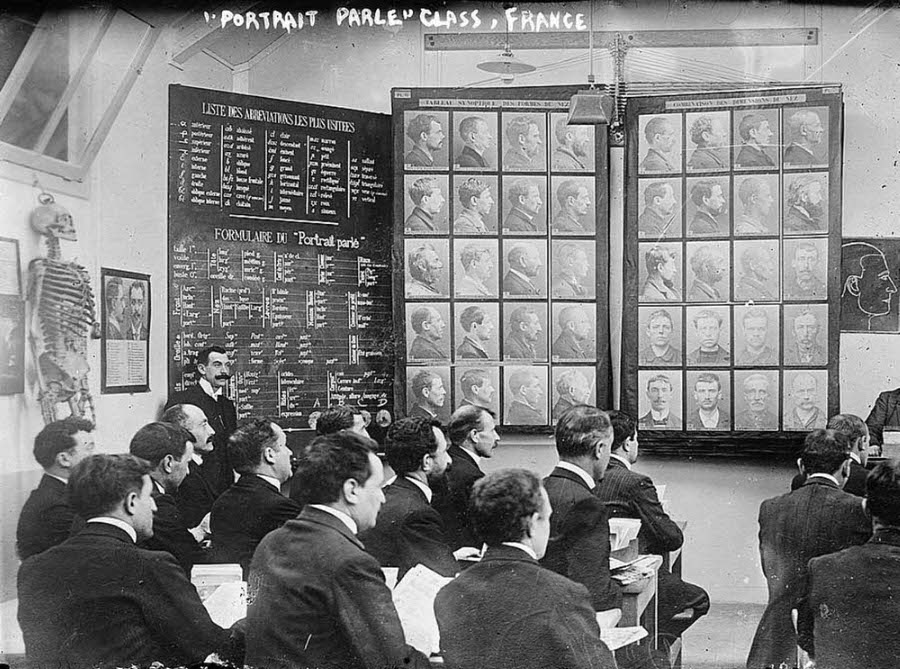

It’s a fascinating article. The photos and photographic equipment are beautifully displayed.